When I visited Budapest, I fully expected to see lovely architecture and beautiful churches. What surprised me though, was just how many statues were scattered around the city! Around every corner, you’re bound to come across a statue that’s filled with historical significance.
Here are just a few interesting ones I noticed:

1.The Fat Policeman
This is one of my favourite statues. He doesn’t represent anyone specific, but definitely stands out, with his outdated uniform, silly moustache, and protruding belly. There’s even an urban legend that if you rub his belly, it’ll stop you from gaining weight!
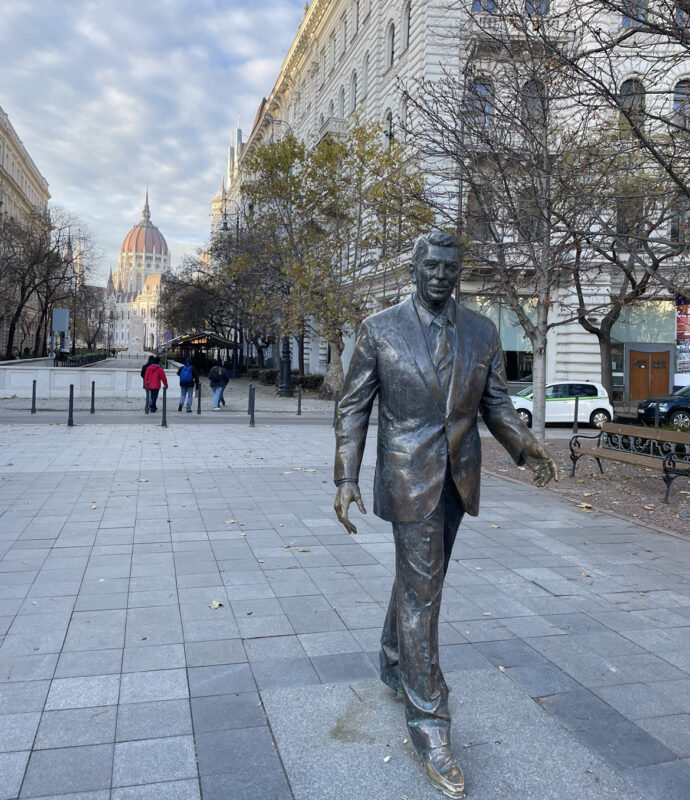
2. Ronald Reagan
Ronald Reagan seems like a very random person to be immortalized as a statue in Hungary. But he had quite a friendly relationship with the country. He helped put an end to the Cold War, and thus, Soviet control over Hungary. So as a token of appreciation, the Hungarian people decided to erect a statue of him in Liberty Square. If you look closely, you’ll notice he’s actually walking towards the US Embassy.
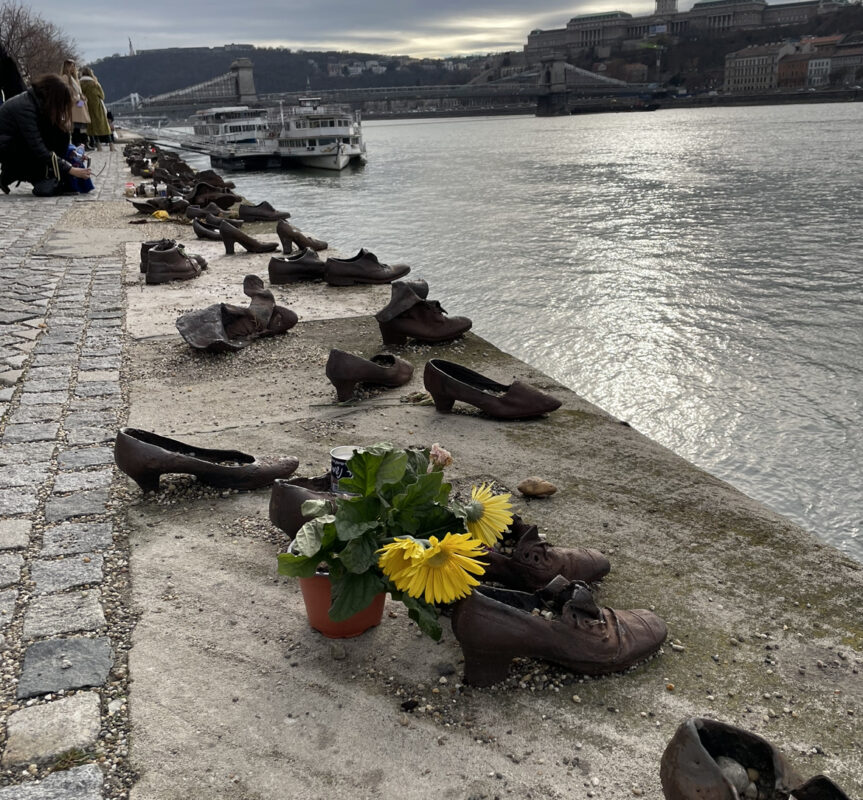
3. Shoes on the Danube Bank
This is a very somber memorial dedicated to the murdered Jews of Hungary. During World War II, a number of Jews were shot on the riverbanks of the Danube river. Before they were killed, they were ordered to take off their shoes, as they were seen as “valuable”. These shoes made of iron are filled with flowers and small stones by visitors. It is Jewish tradition to place stones on memorials instead of flowers, as they last forever, like the memory of the deceased.
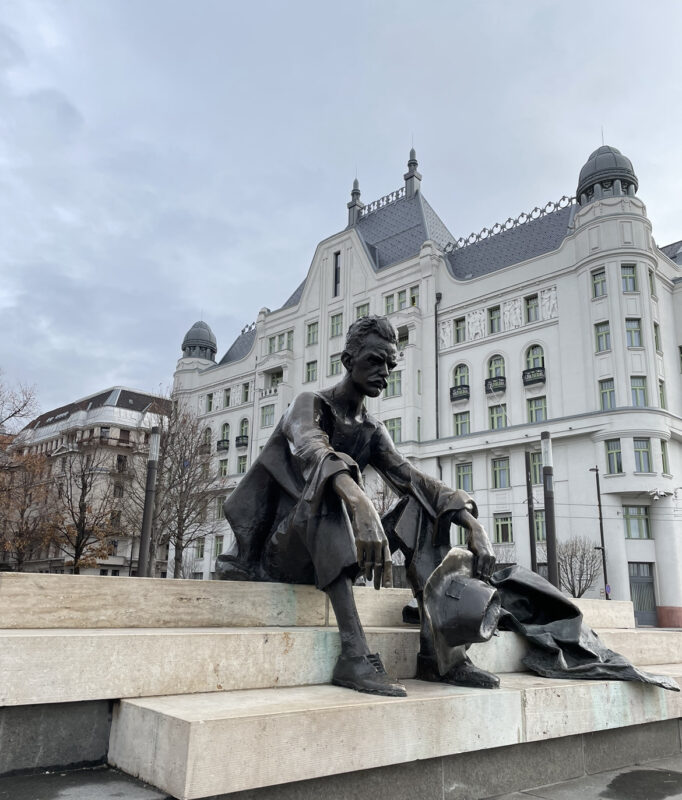
4. Attila Jozsef
It’s hard not to notice this statue of a man sitting in contemplation and solitude, looking out into the Danube river. It is of Attila Jozsef, one of Hungary’s most celebrated poets. His life was one of hardship and mental illness, which ultimately lead him to commit suicide at the age of 32. His legacy lives on in his poems, which greatly impacted Hungary.
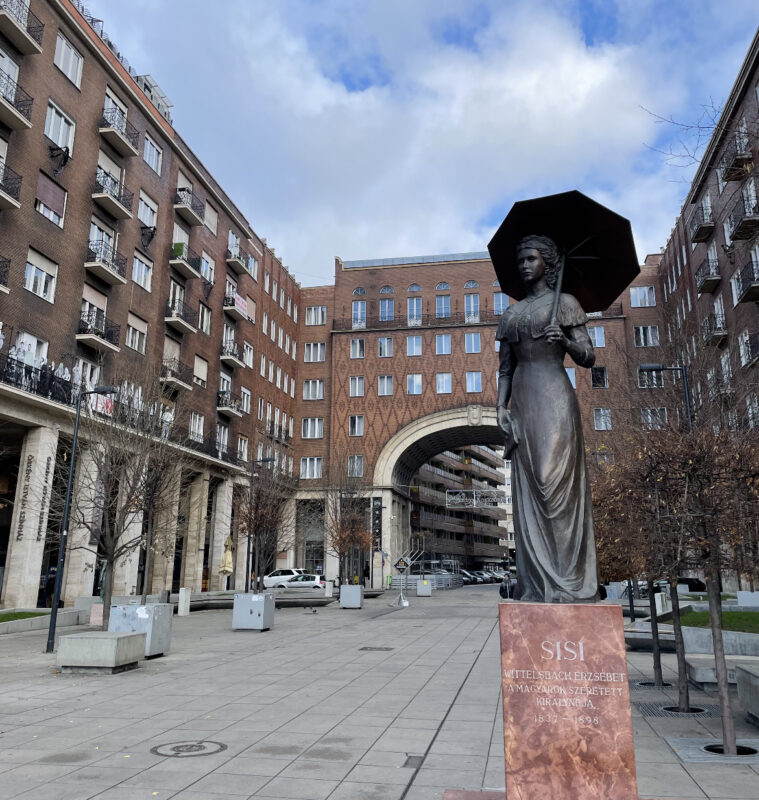
5. Sisi
This statue is of a famous Austrian Empress called Elisabeth, or Sisi. She was also Queen of Hungary. She got these titles when she married Emperor Franz Josef I when she was just 16 years old. During her lifetime, she was loved by her people and even learned Hungarian to be closer to the culture! She was also a fashion icon and considered one of the most beautiful women of her era.
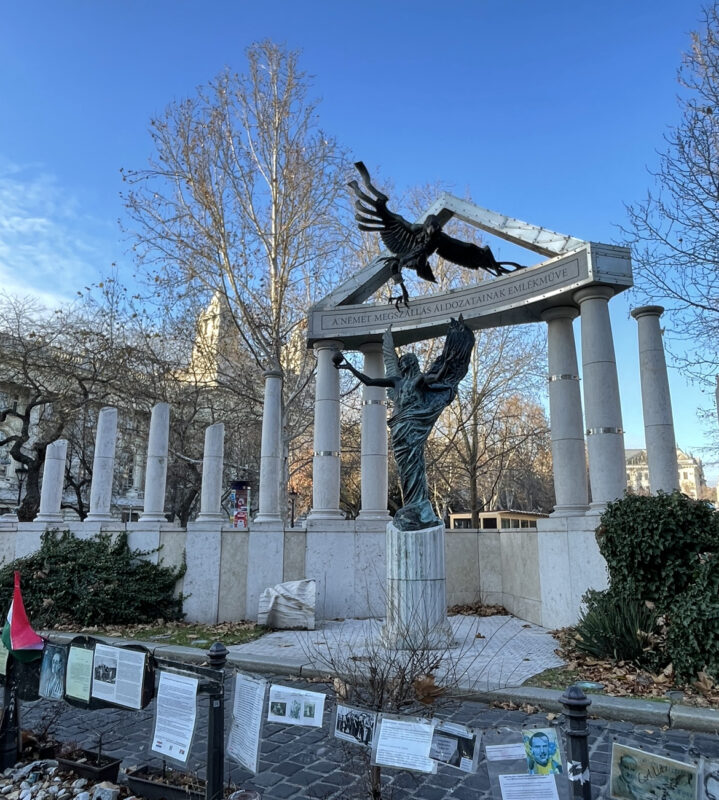
6. Memorial for Victims of the German Occupation
This monument has a lot of controversy surrounding it, even having sparked protests. It is meant to honour the victims of the German occupation in 1944. The angel represents Hungary and Hungarian freedom, while the ominous eagle represents Nazi Germany. However, Hungary was actually Germany’s ally at some points in WWII, so the country isn’t as innocent as it seems. Many locals view this memorial as an unnecessary pity party on a country that was directly involved in its own hardships. In front of the monument, Hungarians made their own memorial, filled with personal pictures and stories.
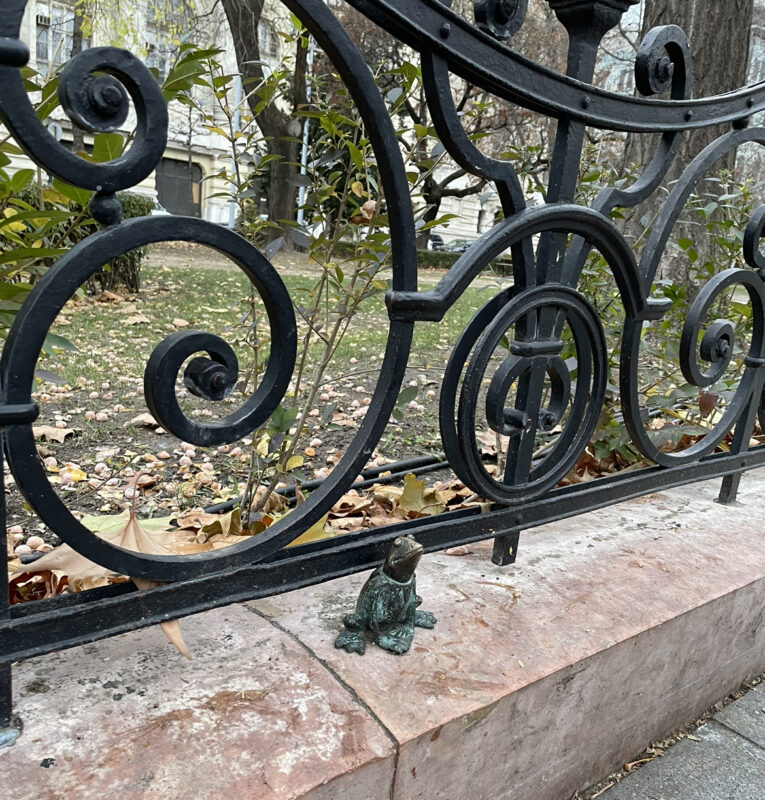
7. Kermit the Frog
This statue is one of the many hidden mini statues in Budapest. These little statues are all made by the same person, Ukrainian born sculptor Mihaly Kolodko. They are scattered all around the city and you can find them in the most unexpected places. People even turn trying to find them into a fun little scavenger hunt. This little frog can be found in Liberty Square, near the Parliament. Look carefully when you’re walking along the promenade, you just might see Kermit sitting along the fence!
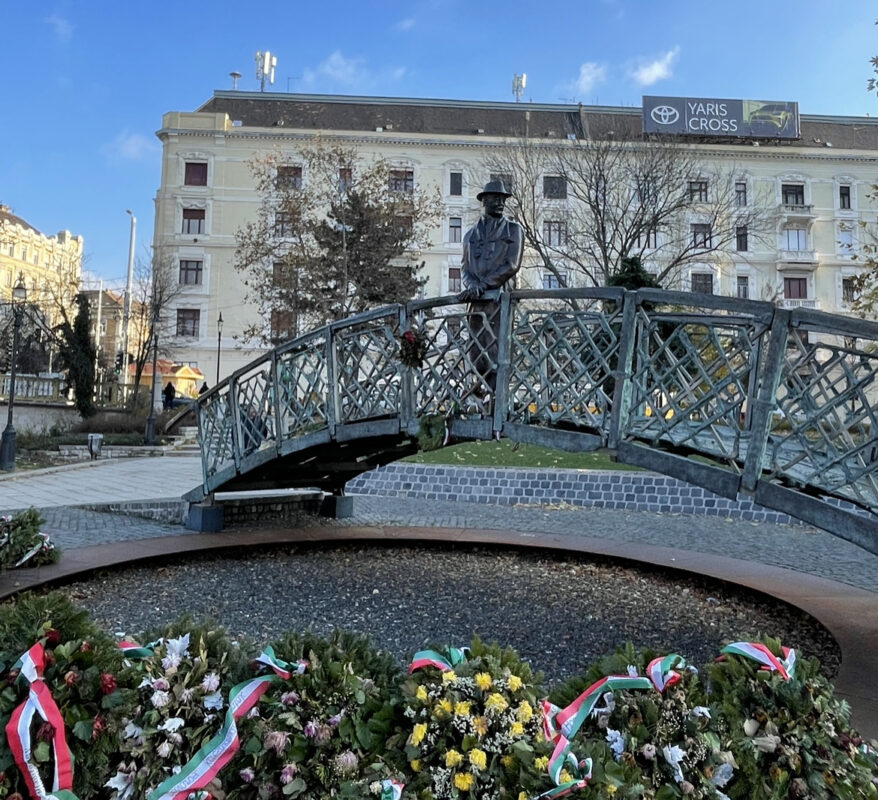
8. Imre Nagy
When I came across this statue, I almost mistook it for a person, standing there in contemplation. It is of Imre Nagy, who was leader to the Hungarian people in the 1956 uprising against Soviet control. Him standing in the middle of the bridge symbolizes him getting Hungary half-way through Soviet dictatorship. Now he stands, perched on a bridge, looking out into Hungary’s promising future.
That’s the beauty of these statues, they stand frozen in time, encapsulating history, all while blending into present day life.